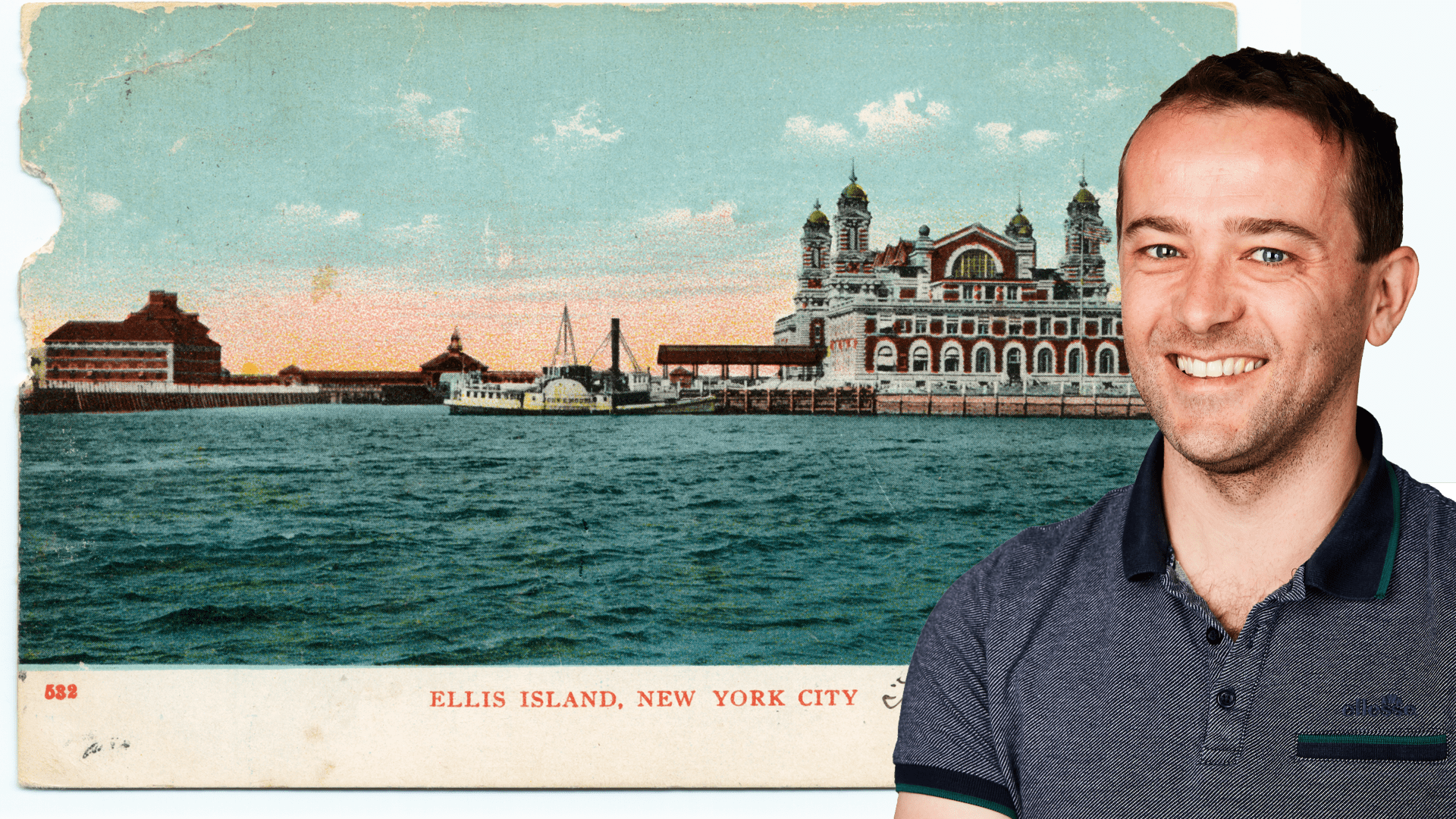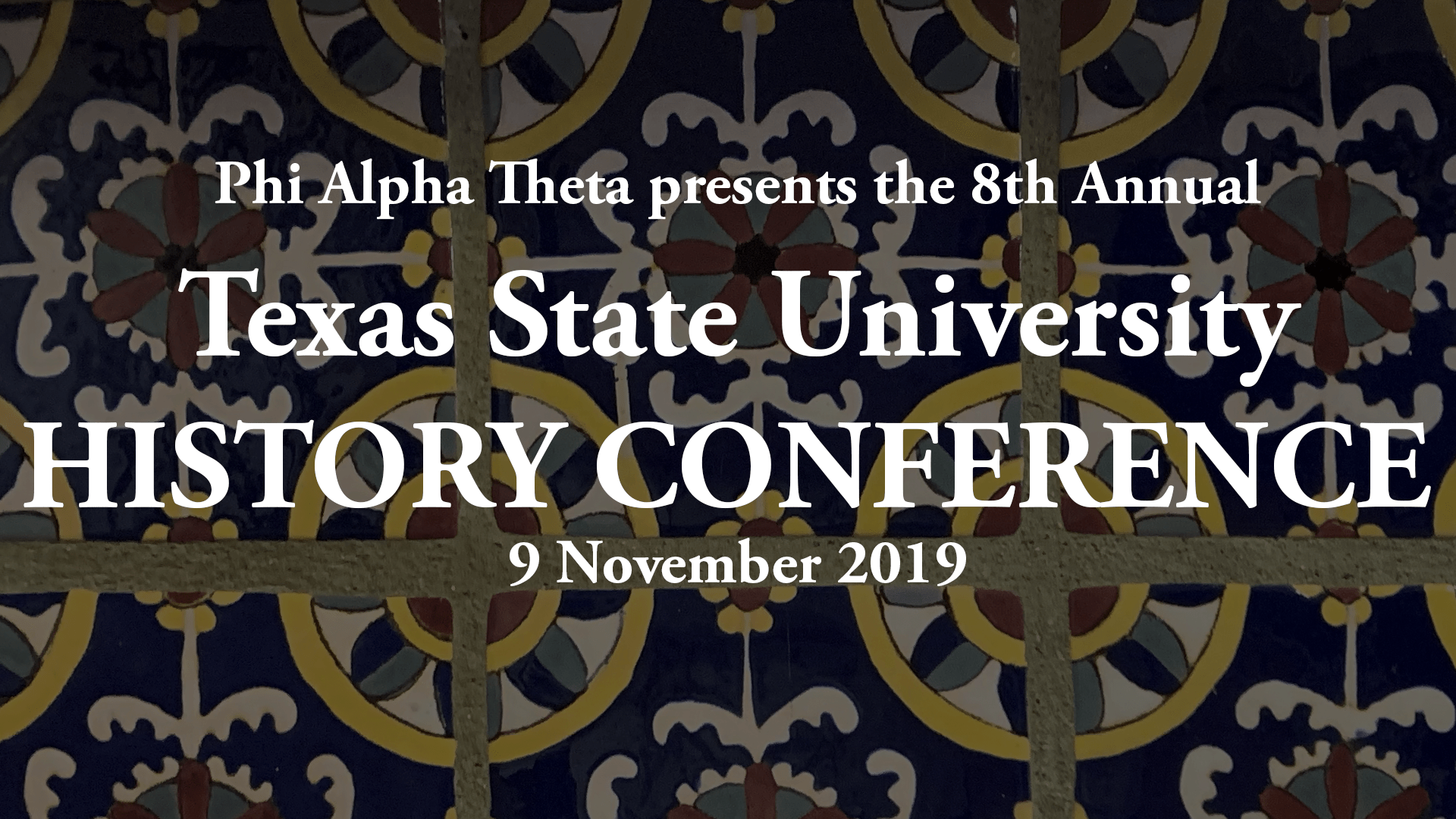
Today we interview Dr. Torsten Feys, who will be a Visiting Fulbright Fellow at Texas State from the Netherlands beginning spring 2020. Look for his class Transatlantic Migration (History 4318N), 11am-12:20pm, Tuesday/Thursday, in Spring 2020!
Can you tell us a bit about your background and your research into transatlantic steam shipping and migration?
Dr. Torsten Feys: My dissertation analyzed how the transport of millions of transatlantic migrants turned into a big business managed by passenger shipping companies between the 1840s and its decline in the 1920s. It looks at the business aspects of how such companies competed to attract passengers to their homeports. The research analysed how the most important shipping companies formed a powerful cartel to coordinate the lucrative passenger market, ranging from price agreements, set routes, advertising rules, fixed passengers’ quotas between its members while trying to prevent outsiders from entering the market. By the turn of the century, the biggest threat to their trade became the growing anti-immigration movement in the U.S., which pressured for more legal restrictions and stricter enforcement. The research shows how the shipping cartel became the driving force of the American pro-immigration lobby influencing the enactment of the laws. Shipping companies, much like airline companies today, also played a central part in the enforcement of the laws. To compensate for its lack of resources, the U.S. immigration administration transferred part of its controlling responsibilities to shipping lines. This principle of imposing carrier penalties on transport companies for bringing in irregular passengers is still in use today. This commercialization of border control put the shipping companies in a privileged position to assist passengers to pass controls and develop alternative travel means to evade inspections.
My postdoctoral research focused on this impact on migration laws by drawing comparisons between the transatlantic migration system and the transpacific migrations from Asia to the U.S. It highlights how two migration regimes and policies developed simultaneously to govern European and Asian migrations. It led to different means of bypassing restrictions that, however, gradually collided at the land borders through routes via Canada and Mexico. They pioneered strategies and routes of illegal migration that are still very much in use today.
What you are hoping to do with your Fulbright and what brings you to Texas State?
Dr. Feys: Meet new people, exchange ideas, add to my teaching experience in a totally new environment, do some research and writing—in sum, having fun! I have had the opportunity to spend time abroad with various exchange programs in the past in Italy, Spain, Norway and the United States (Colorado and Pennsylvania). Each of these experiences has been very enriching and rewarding and now, as in most past occasions, the place tends to pick me than the other way around. Texas State was suggested by Prof. Jessica Pliley who I met at various conferences and I am very grateful she did. Many people in the History department and beyond contributed to the successful application of the Fulbright grant. They made it possible and I really look forward to finally meet everyone in person, experience the campus life of Texas State and discover San Marcos and Austin. It is my first trip to Texas and my first research stay abroad with the whole family, traveling with my wife, Malika, who is also doing a research stay and my son Basil who should be learning to walk and speak his first words in Texas. We are curious to hear what language that will be in!
We have a robust public history program here; can you tell us a bit about your work at the Red Star Line Museum in Antwerp?
Dr. Feys: The Red Star Line is the name of the shipping company who transported more than 2 million people, mostly migrants, across the Atlantic between Antwerp and New York from 1872 until 1934. The museum tells their story through the eyes of the shipping company and how Antwerp functioned as a transit hub. I have collaborated with the museum as a member of the scientific committee of the Red Star Line since 2004, from its inception, development until its opening (in 2013). After completing my PhD, I also worked as full-time freelance researcher for various months. The experience offered me a unique opportunity to translate academic findings to a broader public. It allowed me to contribute to the development of the museum’s storyline, provide contents and materials, and translate these in different installations within and outside the museum walls. The latter consisted of collaborating to documentaries, museum catalogues, public talks etc. Because of the prominent place that migration has taken into the public debates, the responsibility of migration historians to provide historical context has increased. My experience and research topics lend themselves to continue doing so in and around Austin.
Tell us a bit about your Transatlantic Migration course; what students can expect?
Dr. Feys: The course uncovers how migration processes function, breaking these down into economic, social, cultural and especially political aspects. Who migrated, why and how did transatlantic migration patterns develop (1815-1930)? What actors steered it and how did the enactment, enforcement and evasion of American migration policies take shape? This will be linked to current debates by opening each class week with a discussion of migration in media during the past week.
The class uses both literature and primary sources. Each week the students will analyse a primary source ranging from migrant letters, a file of a deported migrant, reports of the United Nations, newspapers, interviews, etc. learning to draw valuable information from these, while at the same learning to assess the pitfalls and apply historical criticism. The discussion on these will be tested with academic articles using such sources to uncover parts of the process of transatlantic migration.
The assessment will consist of the class participation, a short presentation for ‘Migration in Media this week’, a research paper based on an oral history assignment interviewing a migrant and mid-term and final exams.
Background image from The New York Public Library Digital Collections.

